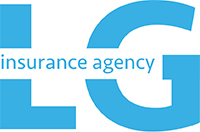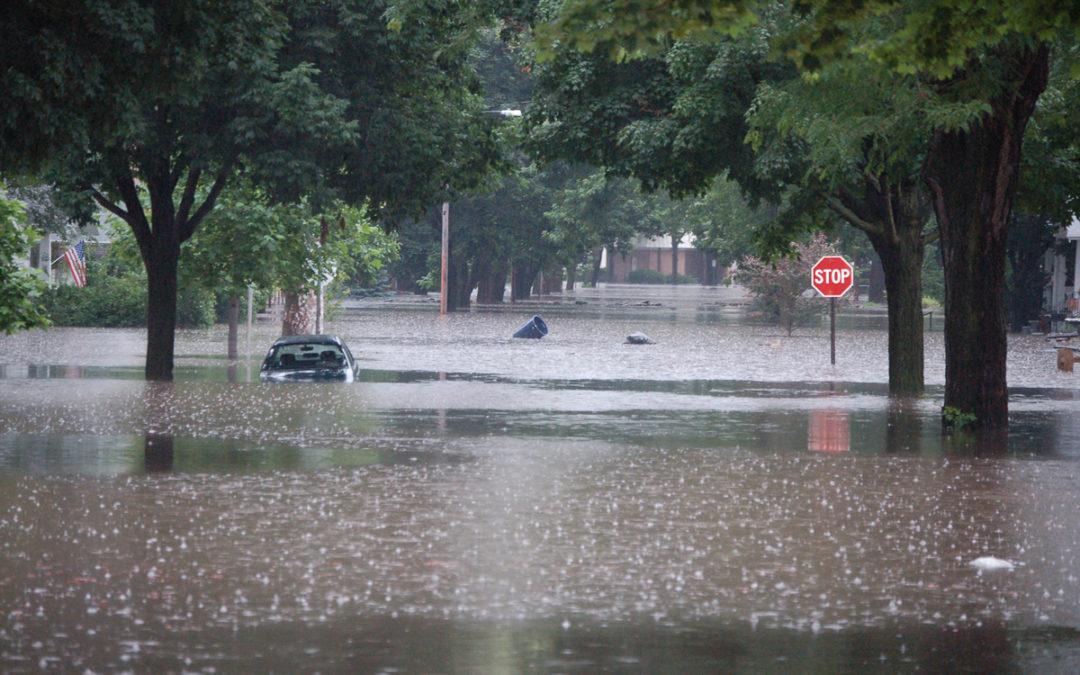You’ve had a pipe burst in your home, causing extensive water damage, and now you need to make a claim. Are you covered? You could be- but then again, it’s possible that you’re not. Let’s take a look at which kinds of burst pipe claims are typically covered, which are not, and what steps you can take to make sure you’re not unprotected.
When purchasing your homeowner’s insurance policy, there’s a lot to consider. You want to be sure that your home is protected in the event of any major damage or destruction, that your deductible is reasonable and manageable, and that you are getting the most bang for your buck. It’s also important to consult with your insurance professional to make certain that all potential issues are covered. If you’re not careful, you could make the mistake of assuming that you’re covered, only to end up unpleasantly surprised.
Burst pipes can occur in two primary areas- both inside and outside of the home. Living in New Jersey, we can experience indoor pipes bursting as a result of freezing and thawing during the colder months. In most cases, the damage caused by the bursting- specifically the resulting water damage- is covered. Homeowners insurance policies help cover the water damage if the cause is sudden and accidental. This covers things like drenched drywall after a ruptured water line in the wall, or when a pipe bursts and soaks a ceiling, damaging it and the floor below. In a case like this, you can expect the damage to be covered by either your dwelling or personal property coverage. Dwelling coverage would be used to repair structural damage, like walls or ceilings, while personal property coverage would be used to cover things like electronics or other covered items that may be water damaged. Of course, there is also the deductible that must first be met, so it’s important to keep that in mind when filing a claim.
When it comes to pipes bursting outside the home, things can get tricky. In the event that a pipe bursts in your front lawn, or between the street and your home, there can be an issue filing a claim. This is due to the fact that homeowner’s policies alone typically cover the home itself, and not the land your home is on. There are, however, precautions you can take, and should take- via adding endorsements to your homeowner’s policy. Service line coverage, while an inexpensive add-on, can save you thousands in the event of an issue. Service line coverage protects homeowners in the event that pipes, or wiring (water, gas, electric, etc.) coming into their properties are damaged. As you can imagine, repairing these lines can become overwhelmingly expensive very quickly- so having this coverage in place can be a real lifesaver.
Now, when are you unlikely to be covered by your policies? As mentioned previously, in an incident where a pipe bursts suddenly and accidentally- and it seems unlikely that you, the homeowner could have reasonably done anything to prevent it- then you are covered. If however, the damage that results to your home is due to poor maintenance, you’ll end up paying the costs of repairs yourself. For example, ignoring an obvious leak that over time results in damage? That’s going to end up coming out of your pocket. In most cases, insurance companies would consider a home’s plumbing to be under normal homeowner maintenance. Homeowners need to be taking steps to ensure pipes don’t freeze, are kept unclogged, screwed tight, and generally maintained. New Jersey residents can expect that if a broken pipe is determined to be the result of freezing due to a lack of heat in the home, an insurance company could cite negligence and deny the claim. It’s also a homeowner’s responsibility to be wary of things like mold, mildew, or other signs of water damage that could suggest a small crack, hairline fracture, or leak somewhere.
Damage caused by unresolved maintenance issues, like continuous leaking pipes that aren’t repaired, are not covered. In addition, while homeowners insurance will pay for repairs to items that are damaged as a result of a leak or pipe burst, (like floors, ceilings, or drywall) they will not cover the cost of replacing or repairing the broken pipe, toilet, dishwasher, or whatever the actual source of the water damage is.
The key takeaways? Read your policy carefully, and consult a professional to ensure both your home and service lines are covered in the event of a pipe bursting. Service line coverage is incredibly valuable to add to your policy when available, as yearly costs are remarkably low ($40/year) and the average payout is between $8-$10K. There are, however, some places in New Jersey where there is a gap in service line coverage, so be sure to check whether it’s available through your service line providers in the event that your area falls into this category. Your insurance policy professional will be able to answer any questions you might have regarding this matter, or direct you where to obtain coverage if that’s the case. Make sure you have comprehensive coverage in the event of a burst pipe- contact LG Insurance professionals before you end up all wet.


